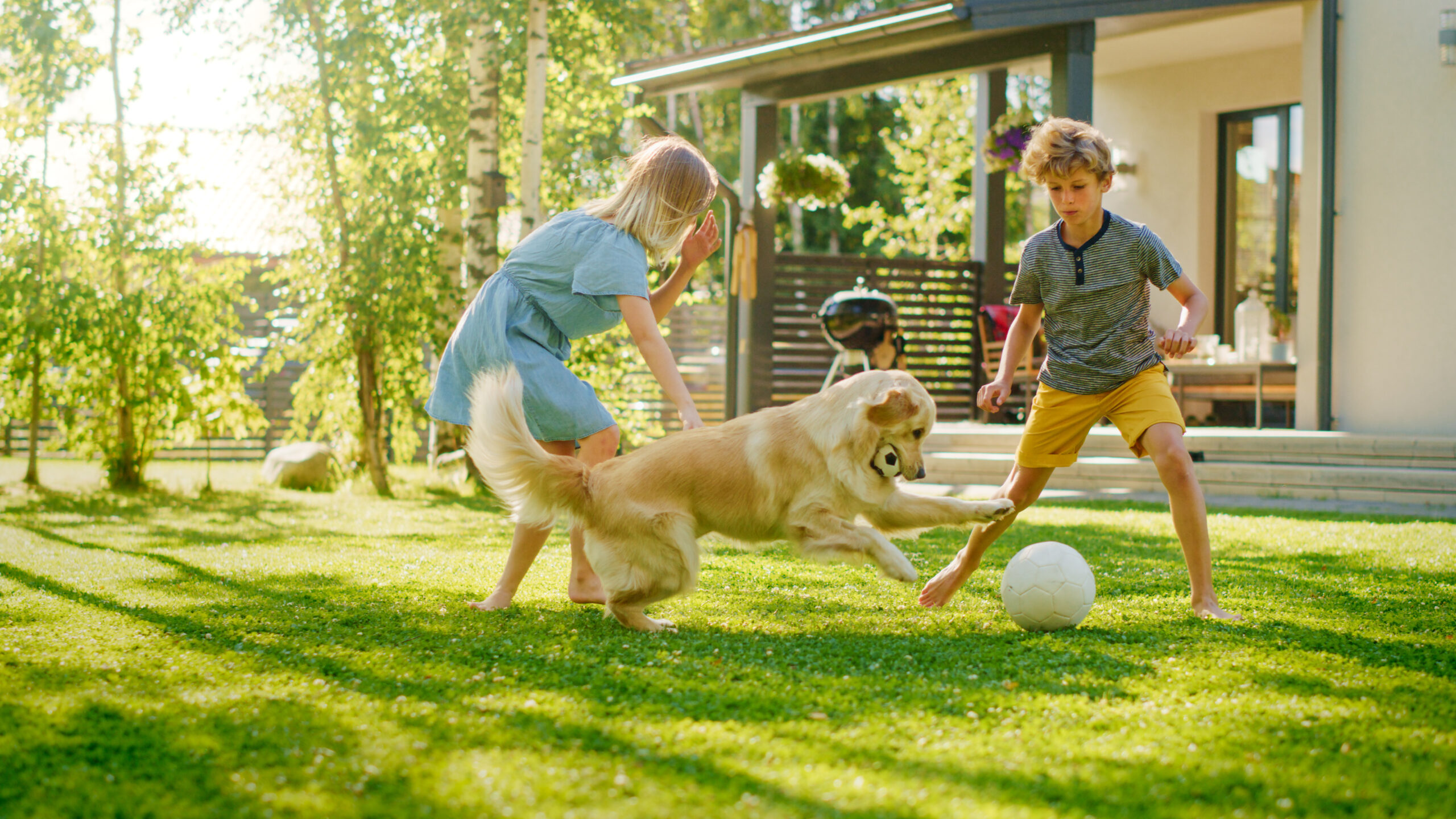A beautiful, thriving lawn doesn’t just depend on mowing and watering. Over time, soil naturally becomes compacted, making it harder for grass roots to access the air, water, and nutrients they need. That’s where aeration comes in. Aerating your lawn helps relieve soil compaction, improves root health, and promotes stronger, greener growth. If you’ve been wondering how to aerate your lawn, this guide will walk you through everything you need to know.
What Is Lawn Aeration?
Lawn aeration is the process of creating small holes in the soil to allow air, water, and nutrients to penetrate more deeply. This is especially important for lawns with heavy clay soil, high foot traffic, or thatch buildup.
The two main methods of aeration are:
- Spike aeration: Using solid tines or spikes to poke holes in the soil.
- Core aeration: Removing small plugs of soil from the ground, which is more effective at reducing compaction.
Why Aeration Is Important
Compacted soil makes it difficult for grass roots to grow deeply. This leads to shallow root systems, increased vulnerability to drought, and less resilient turf overall. Aerating your lawn helps by:
- Improving air exchange between soil and atmosphere.
- Enhancing water absorption and reducing runoff.
- Allowing fertilizers to reach the root zone.
- Encouraging stronger, deeper root growth.
- Breaking down thatch buildup.
When to Aerate Your Lawn
Timing is one of the most important factors in successful aeration. You want to aerate when your grass is actively growing, so it can recover quickly.
- Cool-season grasses (fescue, ryegrass, bluegrass): Best aerated in early spring or fall.
- Warm-season grasses (Bermuda, zoysia, St. Augustine): Best aerated in late spring through early summer.
Avoid aerating during dormant periods or extreme heat, as this can stress the grass.
How Often Should You Aerate?
For most lawns, aeration once a year is sufficient. Lawns with compacted soil, high clay content, or heavy foot traffic may benefit from aeration twice a year. Sandy soils may only require aeration every 2–3 years.
Tools for Aeration
There are several ways to aerate, depending on your lawn size and condition:
- Manual Aerator: A hand tool that works well for small lawns or spot aeration.
- Spike Shoes: Special shoes with spikes attached, suitable for light compaction but less effective than core aeration.
- Core Aerator: A machine that removes plugs of soil and is ideal for medium to large lawns. Many garden centers rent them out.
- Professional Services: For larger properties or heavily compacted lawns, hiring a professional ensures the job is done efficiently and thoroughly.
Step-by-Step: How to Aerate Your Lawn
- Prepare the Lawn
- Mow the grass shorter than usual to make it easier for the aerator to reach the soil.
- Water the lawn a day or two before aerating so the soil is moist but not soggy.
- Aerate the Lawn
- Use your chosen aeration tool, working systematically across the lawn.
- For core aerators, remove plugs about 2–3 inches deep and space them 2–4 inches apart.
- Make multiple passes in different directions for heavily compacted areas.
- Leave the Plugs
- If using a core aerator, leave the soil plugs on the lawn. They will break down naturally and return nutrients to the soil.
- Follow Up with Care
- Fertilize after aeration to maximize nutrient absorption.
- Overseed thin areas to encourage new growth.
- Water thoroughly to help the lawn recover.
Aftercare Tips for Best Results
- Avoid Heavy Traffic: Keep foot traffic to a minimum until the lawn recovers.
- Water Regularly: Consistent watering helps the roots grow deeper.
- Combine with Overseeding: Aeration creates the perfect environment for new seed to germinate.
- Fertilize Wisely: Apply a balanced fertilizer shortly after aeration for stronger results.
Common Mistakes to Avoid
- Aerating dry, hard soil — water lightly beforehand to soften it.
- Aerating during dormancy or extreme heat — grass won’t recover.
- Using spike aerators on heavily compacted soil — they can make compaction worse.
Final Thoughts
Aeration is one of the best ways to rejuvenate a tired, compacted lawn. By opening the soil and allowing air, water, and nutrients to reach the root zone, you set the stage for thicker, greener, and more resilient grass. With the right timing, tools, and aftercare, your lawn will thank you with healthier growth for months to come.
For expert help and professional aeration services, turn to Tick & Turf. Learn more about quality lawn care in Newtown CT and let the experts keep your yard thriving year-round.

